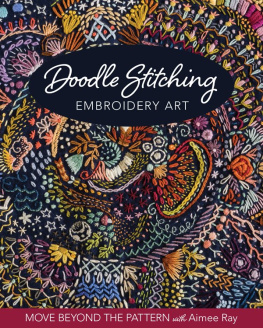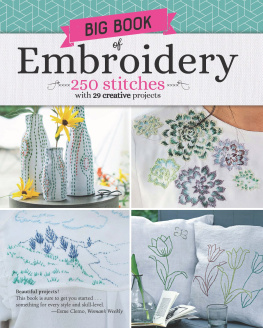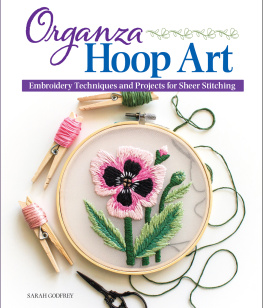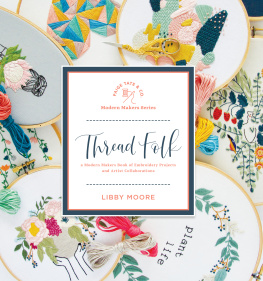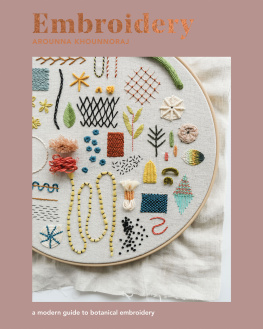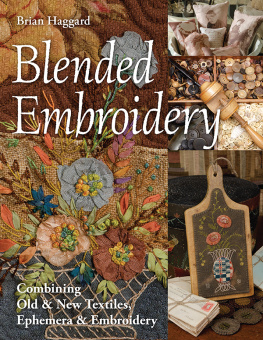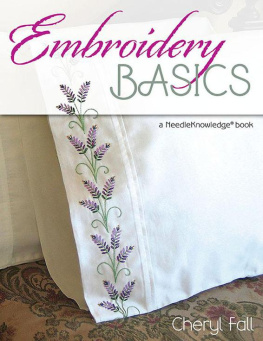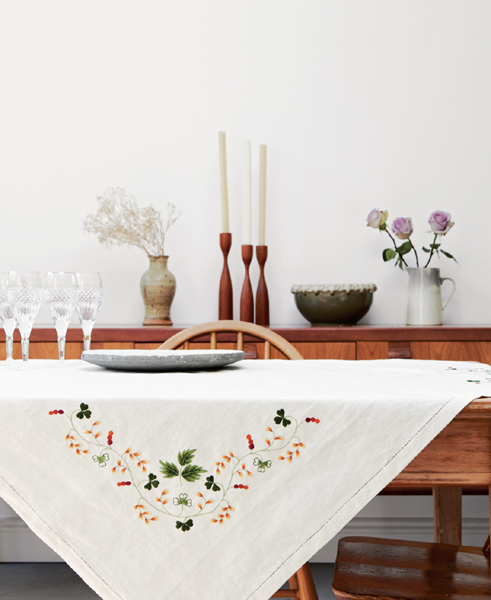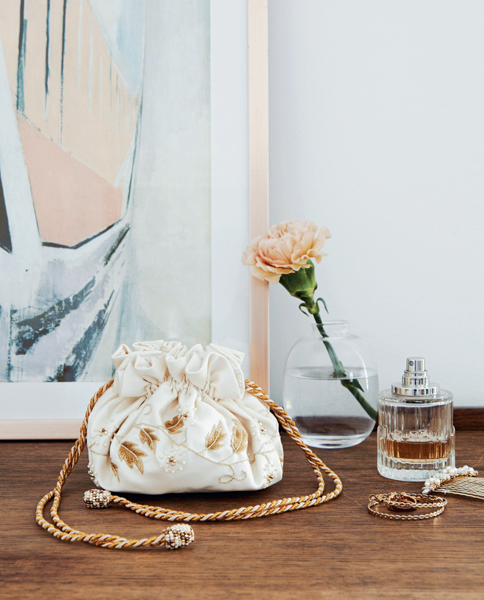Jennie Batchelor - Jane Austen Embroidery: Authentic Embroidery Projects for Modern Stitchers
Here you can read online Jennie Batchelor - Jane Austen Embroidery: Authentic Embroidery Projects for Modern Stitchers full text of the book (entire story) in english for free. Download pdf and epub, get meaning, cover and reviews about this ebook. year: 2020, publisher: Pavilion Books, genre: Home and family. Description of the work, (preface) as well as reviews are available. Best literature library LitArk.com created for fans of good reading and offers a wide selection of genres:
Romance novel
Science fiction
Adventure
Detective
Science
History
Home and family
Prose
Art
Politics
Computer
Non-fiction
Religion
Business
Children
Humor
Choose a favorite category and find really read worthwhile books. Enjoy immersion in the world of imagination, feel the emotions of the characters or learn something new for yourself, make an fascinating discovery.
- Book:Jane Austen Embroidery: Authentic Embroidery Projects for Modern Stitchers
- Author:
- Publisher:Pavilion Books
- Genre:
- Year:2020
- Rating:3 / 5
- Favourites:Add to favourites
- Your mark:
Jane Austen Embroidery: Authentic Embroidery Projects for Modern Stitchers: summary, description and annotation
We offer to read an annotation, description, summary or preface (depends on what the author of the book "Jane Austen Embroidery: Authentic Embroidery Projects for Modern Stitchers" wrote himself). If you haven't found the necessary information about the book — write in the comments, we will try to find it.
15 beautiful embroidery projects from the era of Jane Austen. Jane Austen was as skilful with a needle as she was with a pen. This unique book from Jennie Batchelor and Alison Larkin showcases recently discovered 18th century embroidery patterns expertly repurposed into 15 exciting modern stitching projects. The patterns and projects are brought to life with glimpses into the world of Regency women and their domestic lives by lively historical features, quotes from Jane Austens letters and novels, enchanting illustrations and inspirational project photography. The book opens with an illustrated introduction on historical embroidery. Next comes the materials and methods section, clearly explaining the key stitches, as well as providing information on threads, fabrics and frames. The practical section includes 15 projects for modern items. The projects are divided into three chapters according to the item the 18th century pattern was originally intended for with patterns for different skill levels: Embroidered Clothes: Dressed to Impress: Projects include Simple Sprig Pattern (Two Ways), Pencil Case, Clutch Purse, Apron, Housewife. Embroidered Accessories: How Do You Like My Trimming?: Projects include Napkin Set, Mobile Phone Pouch, Tablet Sleeve, Jewellery Pouch, Muslin Shawl. Embroidery for the Home: A Nest of Comforts: Projects include Tea Box Top, Work Bag, Cushion, Sewing Set, Tablecloth. It is more than likely that Jane herself would have used these very patterns for her own embroidery, and now, with Jennie and Alisons help, readers can stitch-a-long with Jane to make a selection of beautifully embroidered, practical items.
Jennie Batchelor: author's other books
Who wrote Jane Austen Embroidery: Authentic Embroidery Projects for Modern Stitchers? Find out the surname, the name of the author of the book and a list of all author's works by series.



